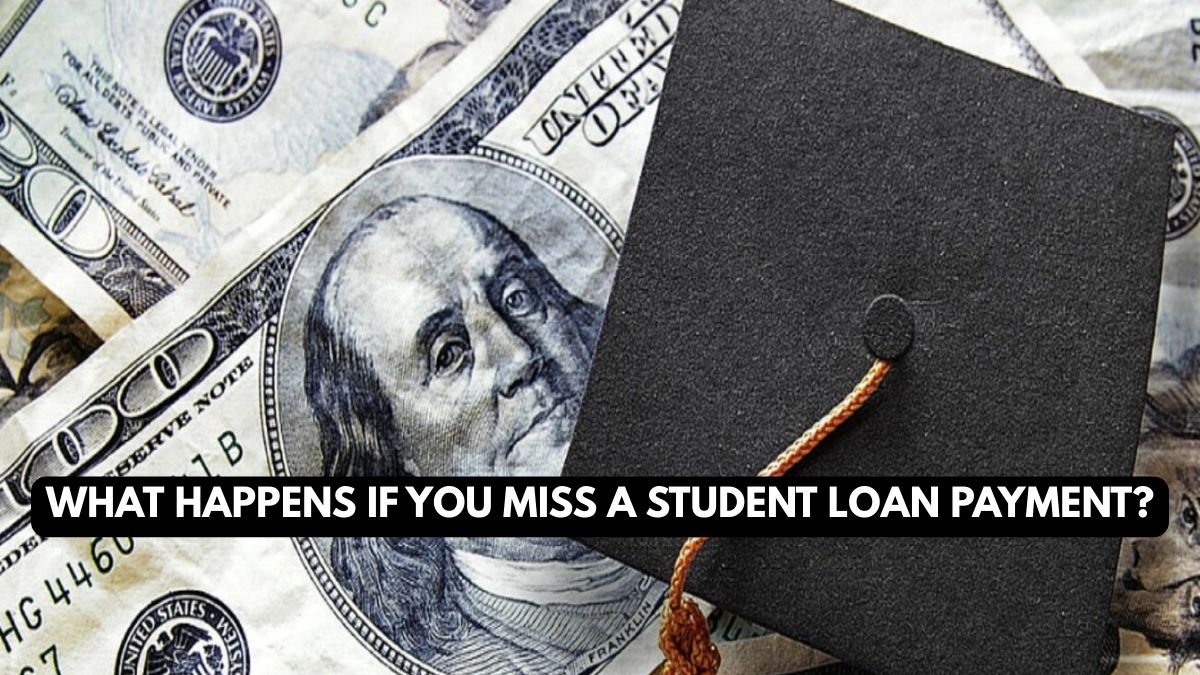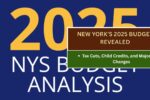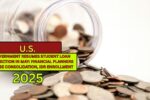As student loan payments resume in 2025, millions of borrowers are navigating the complicated rules of repayment. One critical aspect that’s often misunderstood is how the penalties for missing payments differ between federal and private student loans. Understanding these differences can help borrowers avoid wage garnishments, credit damage, and long-term financial stress.
When Do Late Fees and Penalties Start?
Federal student loans, managed by the U.S. Department of Education, provide a relatively generous timeline before punitive actions kick in:
- A loan becomes delinquent the day after a missed payment.
- Late fees may be applied after 30 days and are usually capped at 6% of the missed payment.
- Credit reporting begins only after 90 days of non-payment.
- A loan is considered in default after 270 days (about 9 months) of non-payment.
In contrast, private student loans, issued by banks or financial institutions, offer fewer protections:
- Late fees are often imposed immediately or within a few days.
- Fees can be $25 to $50, or a 3–5% charge on the overdue balance.
- Lenders may report delinquency to credit bureaus after just 30 days.
- Default status can apply after 120 days, though this varies by lender.

Legal Action and Collections
The consequences of loan default are starkly different between the two types:
Federal Student Loans
- The government can garnish up to 15% of a borrower’s disposable wages without a court order.
- Federal tax refunds can be seized through the Treasury Offset Program.
- Even Social Security benefits may be reduced by up to 15%, as long as the remaining benefit stays above a certain threshold (source).
- Borrowers can rehabilitate defaulted loans by making nine on-time payments in ten months, which can also help repair credit.
Private Student Loans
- Lenders must sue the borrower and obtain a court judgment before they can garnish wages or seize assets.
- Collection practices vary by state law—some states restrict wage garnishment altogether.
- Once in default, the loan may be sold to third-party debt collectors, who can escalate efforts or settle at a reduced amount.
- There is no loan rehabilitation process. Once defaulted, the debt stays on a credit report for up to seven years.
Credit Score Impact
A borrower’s credit score can take a major hit from late payments or defaults:
- Federal loans allow a 90-day buffer before missed payments are reported to credit bureaus.
- Private loans may be reported as delinquent in just 30 days, leading to faster credit score damage.
- Defaults, whether federal or private, remain on credit reports for seven years.
Repayment Flexibility
Another crucial distinction lies in how borrowers can recover:
Federal Loans Offer:
- Income-Driven Repayment Plans
- Deferment and forbearance options
- Loan consolidation
- Public Service Loan Forgiveness (PSLF) for eligible borrowers
Private Loans Often Lack:
- Income-based options
- Long-term deferment or forbearance
- Consistent hardship policies
Some private lenders may offer short-term relief, but it’s entirely at their discretion, and not guaranteed.

What’s New in 2025?
According to a recent report by Politico, the U.S. Department of Education is resuming wage garnishments and other collections as of May 5, 2025, after a years-long pause due to the COVID-19 pandemic. Over 5 million borrowers in default may face consequences, including tax refund seizures and wage garnishments.
Further, as reported by Business Insider, the Treasury Offset Program is now active again under President Trump, marking a significant shift in enforcement policy.
Borrowers are urged to log into their accounts at StudentAid.gov to check their status and explore repayment options.
Final Thoughts
Understanding the key differences between federal and private student loan penalties is more important than ever in 2025. Federal loans offer more protections and recovery options, while private loans may move swiftly to collections and legal action. Knowing your loan type, payment status, and available relief programs can make all the difference in maintaining financial health.
If you’re struggling to keep up, act early. Whether it’s applying for an Income-Driven Repayment Plan, requesting a forbearance, or contacting your lender, taking proactive steps can help you avoid serious consequences.
This article has been carefully fact-checked by our editorial team to ensure accuracy and eliminate any misleading information. We are committed to maintaining the highest standards of integrity in our content.

Deepak Grover is a dedicated content writer at OTE News, specializing in government affairs, public policy, and current events. With a keen eye for detail and a passion for factual reporting, he ensures readers receive accurate and insightful news. Deepak holds a degree in Political Science and has experience in research-driven journalism.
When not writing, he enjoys reading historical books, exploring hiking trails, and staying updated with global political trends. His commitment to ethical journalism makes him a trusted voice at OTE News.




